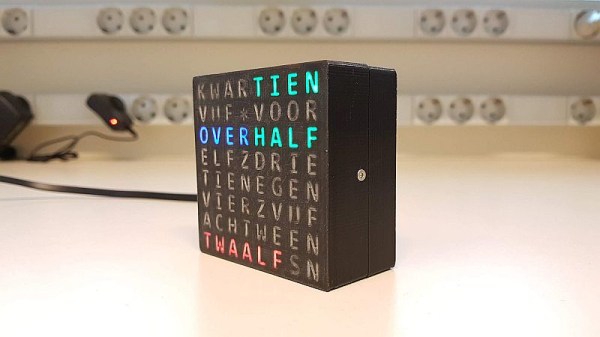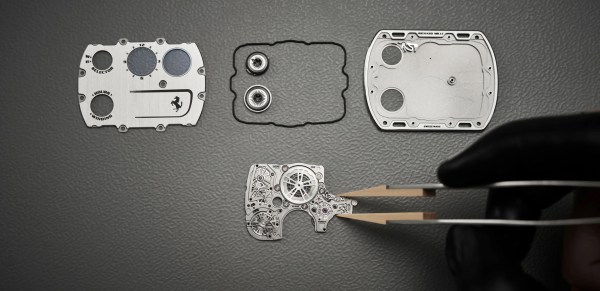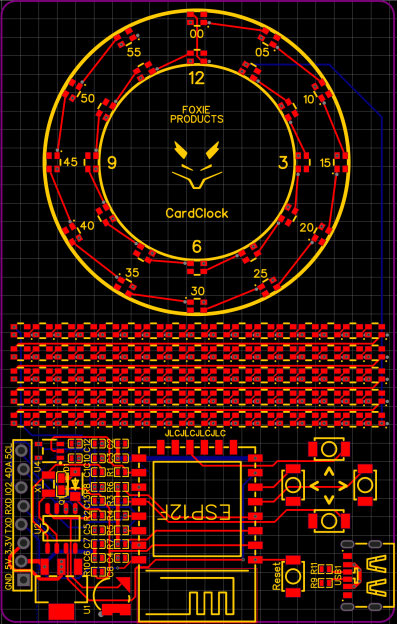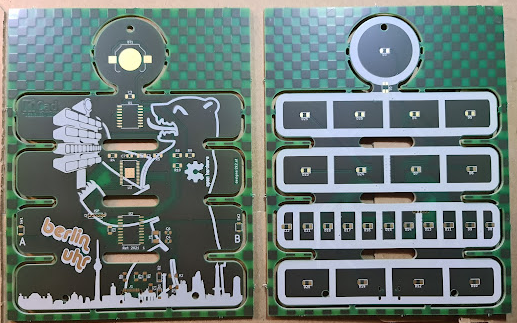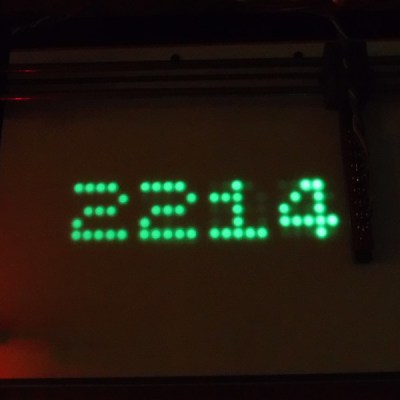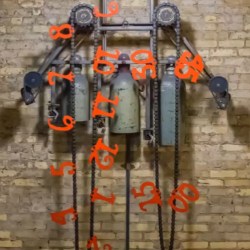
Have you ever observed the project of another hacker and thought to yourself “I have got to have one of those!”? If so, you’re in good company with hacker [garberPark], the maker of the unusual chain clock seen in the video below the break.
While on a stroll past the Chicago Avenue Fire Arts Center in Minneapolis, MN, [garberPark] was transfixed by the clock seen to the right here. In the clock, two motors each drive a chain that has numbers attached to it, and the number at the top displays the current time. It wasn’t long before [garberPark] observed his own lack of such a clock. So they did what any hacker will do: they made their own version!
Using an ESP8266, and Arduino, and some other basic electronics, they put together a horizontal interpretation of the clock they saw. Rather than being continuous rotation, limit switches keep things in line while the ESP8266’s NTP keep things in time. Salvaged scanner stepper motors provide locomotion, and what appear to be bicycle cranks and chains work in harmony with cutoff license plates to display the current time- but only if there’s somebody around to observe it; A very nice touch and great attention to detail!
If you enjoyed this, you’ll love the Sprocket and Chain clock we featured a few months back.
Continue reading “Quirky Complicated Clock Piques Constructor’s Curiosity”


